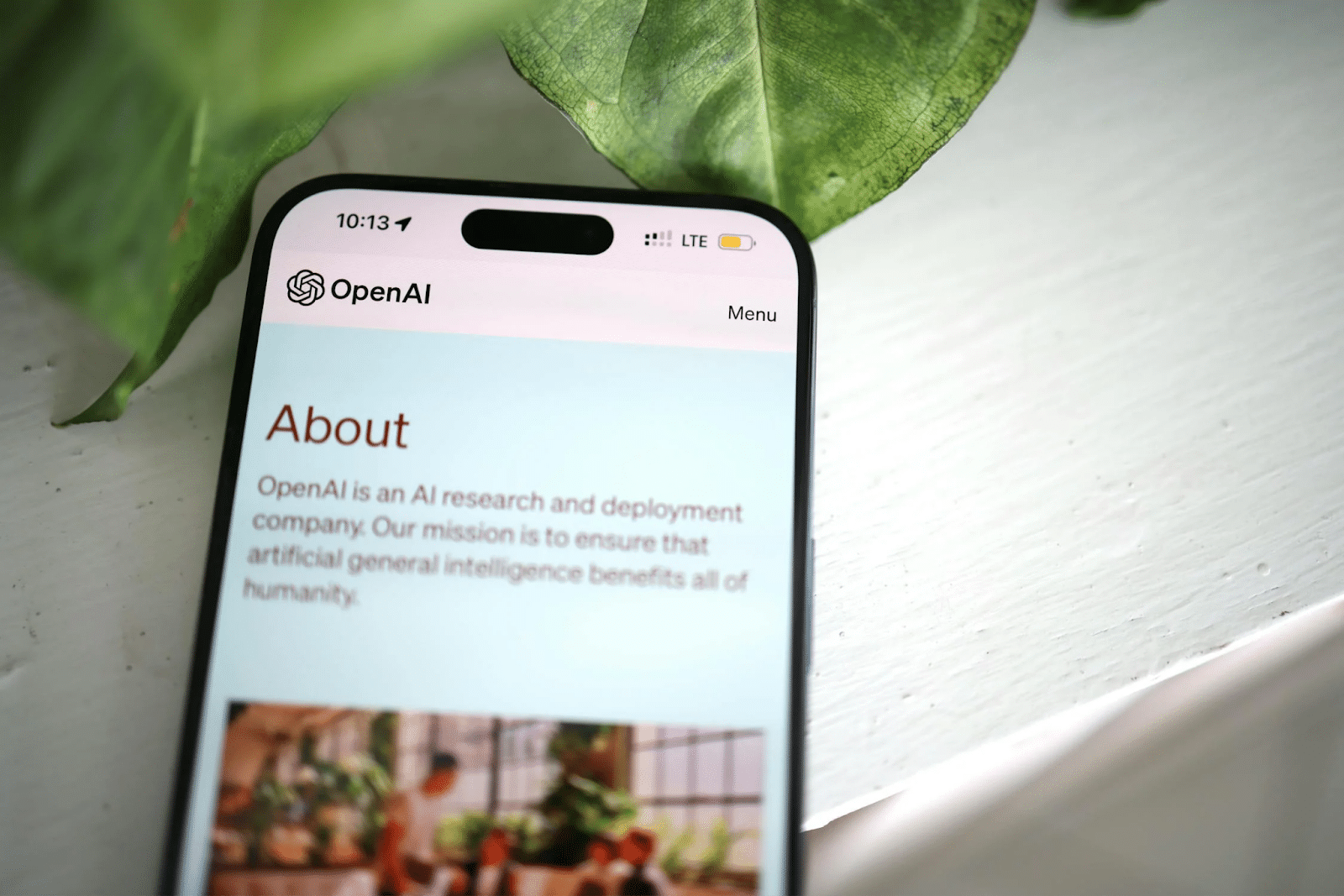Artificial Intelligence (AI) has revolutionised the creation and consumption of content, but in the process, it has also brought up questions of originality and authenticity. To address these, AI content detection tools have gained popularity, especially among marketers and content creators. These tools are meant to determine if a piece of text was created by a human or AI. But how exactly do they do this, and can you trust their accuracy?
How AI Content Detection Works: An Overview
AI content detectors rely on machine learning models that have been trained on massive datasets of human-generated and AI-generated content. By analysing patterns, sentence structure, word choice, and linguistic cues, these devices decide if a given piece of content is more consistent with AI-generated content models or human writing patterns.
For instance, most of the detectors are focused on “perplexity” and “burstiness.” Perplexity measures predictability of a chunk of content in terms of word distribution—AI writing has lower perplexity because it will often use repetitive patterns. Burstiness is fluctuations in a piece of text, for instance, shifting between longer and shorter sentences, and is more characteristic of human writing compared to AI writing.
Sophisticated detectors also incorporate data on common AI outputs from platforms like OpenAI’s GPT-4 or other generative language models. They use this data to spot nuances specific to these generators, allowing for a more precise analysis.
The Accuracy of AI Content Detectors: Pros and Cons
AI content detectors possess wonderful capabilities but do have some shortcomings that users need to be aware of. On the positive side, the detectors are time-saving and provide an effective way to scan large volumes of content. For example, a digital marketer can use such a device to verify if copy for a campaign is original.
But accuracy is not perfect. AI content detectors can sometimes produce false positives, incorrectly flagging text that is truly human-written. Highly advanced AI models that can replicate human writing, on the other hand, can evade detectors altogether. For instance, applications such as OpenAI’s high-end models or similar tools can create natural-sounding content that can “trick” detection algorithms.
These limitations arise due to the fact that language is complicated. Human beings are creative, adaptable, and goal-oriented in their writing—all traits difficult to quantify in a computational framework. Although, AI writing is getting better at mimicking human creativity all the time, exposing the weaknesses in detection systems.
For creators and content marketers, this means that while AI detectors might be employed to maintain originality, they should not be the ultimate judges. Human judgment is necessary in a dose to ensure content meets ethical and quality standards.
Implications for Content Creators and Marketers
For marketers and professionals such as King Kong, the emergence of AI content detectors is as much a chance as it is a challenge. On the positive front, authenticity and originality in content are required more than ever before, especially when readers are increasingly becoming sensitive to AI-generated content use. Scanning content with detection tools could help marketers maintain their integrity, ranging from posting blog entries, social media updates, and advertisements.
On the other hand, the limitations of current detectors are such that designers shouldn’t rely on them entirely. Instead, invest time in producing content that speaks to your audience in its own voice. If you’re a blogger crafting an engaging post or a marketer writing advertising copy, human imagination and insight are unmatched in their ability to connect with readers on a fundamental level.
Besides that, understanding how these detectors work can enable artists to utilise AI responsibly. Should you employ AI for brainstorming or outlining, make sure that your end result has a specific, human stamp. Edit writing with care in order to tailor it, providing distinctive perspectives, stories, or opinions that AI just cannot.
Think Beyond Detection Tools
AI content detectors are a useful weapon in dealing with the constantly evolving nature of content creation. However, their limitations mean that they work best as support rather than exclusive decision-makers. Content generators and marketers would be wise to use these detectors as part of a larger toolkit—one encompassing creativity, empathy for the audience, and sincerity.
Ultimately, as AI detection continues to improve and improve, it’s that human touch that will always bear fruit. Be original, be ethical, and have technology as your ally—never your replacement.

